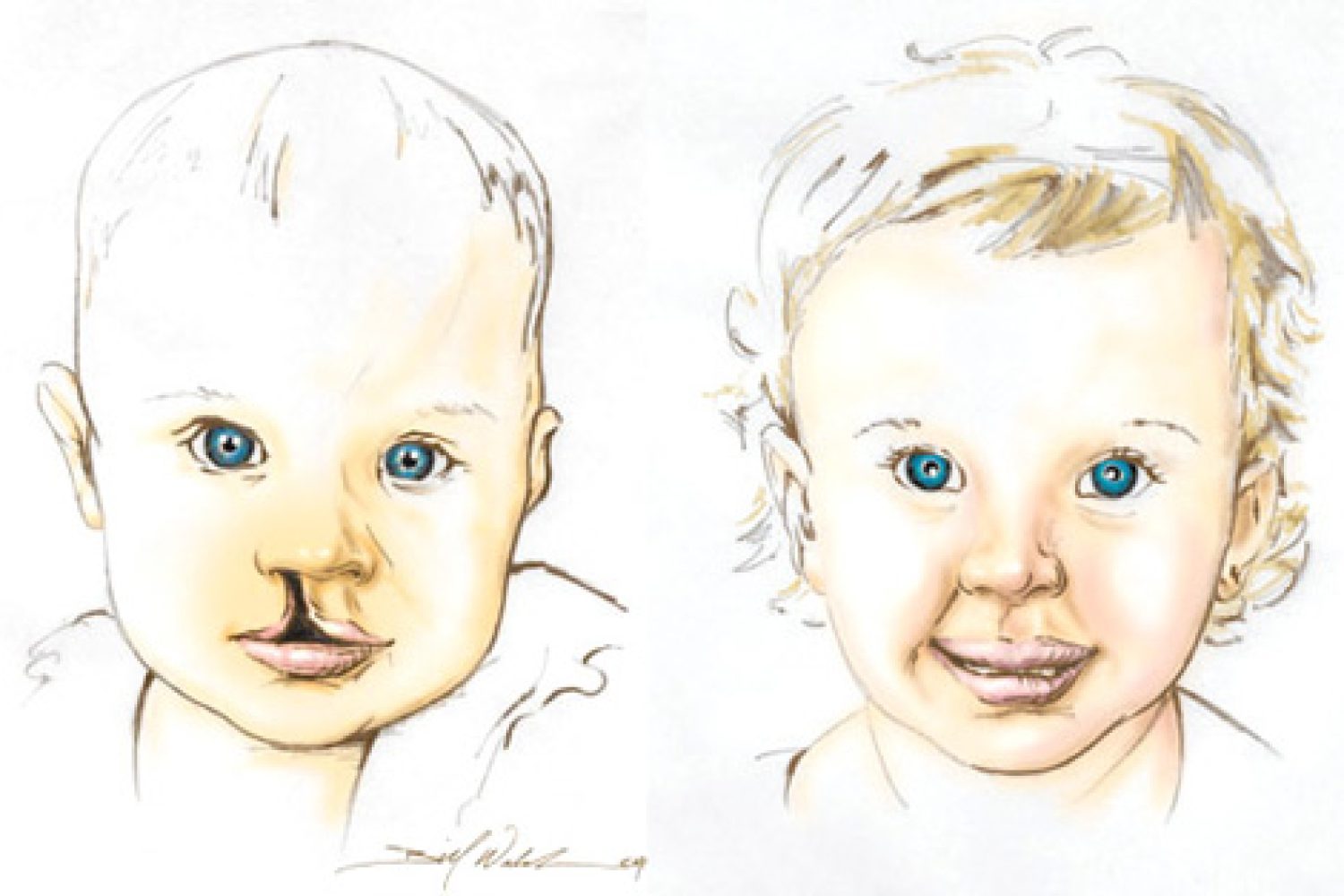Cleft Lip and Palate: Understanding and Supporting Your Child

Introduction
Welcome to our comprehensive guide on cleft lip and palate, a common birth defect that affects the facial structure of newborns. A cleft lip is a separation or opening in the upper lip, while a cleft palate is a split in the roof of the mouth. This condition can have various physical and functional implications for your child. In this article, we will provide you with valuable information about cleft lip and palate, including its causes, treatment options, and ways to support your child’s well-being. We will also share useful links and resources for parents seeking additional guidance.
Understanding Cleft Lip and Palate
What is Cleft Lip and Palate?
Cleft lip and palate occur during early fetal development when the lip and mouth structures do not fully fuse. The exact cause of this condition is still unknown, but it is believed to be a combination of genetic and environmental factors. Cleft lip and palate can vary in severity, ranging from a small notch in the lip to a complete separation that extends into the nose and upper gum. The condition may affect one or both sides of the face.
Treatment Options for Cleft Lip and Palate
The treatment of cleft lip and palate typically involves a multidisciplinary approach, including the expertise of plastic surgeons, otolaryngologists, speech therapists, and other healthcare professionals. The primary goals of treatment are to:
Repair the Cleft: Surgical procedures are performed to close the cleft lip and reconstruct the palate. These surgeries aim to restore normal function, improve facial aesthetics, and enhance speech development.
Address Associated Issues: Children with cleft lip and palate may require additional interventions to address related concerns, such as speech therapy, dental care, and hearing evaluations.
Provide Emotional Support: It is essential to provide emotional support to both the child and the family throughout the treatment process. Support groups and counseling services can be valuable resources.
Supporting Your Child with Cleft Lip and Palate
As a parent, there are several ways you can support your child with cleft lip and palate:
Educate Yourself: Learn as much as you can about cleft lip and palate, its treatment options, and the potential challenges your child may face. Knowledge will empower you to make informed decisions and advocate for your child’s needs.
Build a Support Network: Connect with other parents who have children with cleft lip and palate. Sharing experiences and resources can provide valuable support and guidance. Online forums, support groups, and local organizations can help you connect with others facing similar challenges.
Ensure Comprehensive Care: Seek out specialized healthcare providers experienced in treating cleft lip and palate. These professionals will have the expertise to provide comprehensive care and support tailored to your child’s needs.
Encourage Open Communication: Foster an environment of open communication with your child. Encourage them to express their feelings, ask questions, and share their experiences. Active listening and reassurance can go a long way in helping your child navigate their journey.
Useful Links for Parents
To further support you in your journey, here are some useful links and resources for parents of children with cleft lip and palate:
- American Cleft Palate-Craniofacial Association (ACPA)
- Cleft Palate Foundation
- Children’s Craniofacial Association
- American Speech-Language-Hearing Association (ASHA)
- Cleft Lip and Palate Association (CLAPA)
These organizations provide valuable information, support, and community for parents and individuals affected by cleft lip and palate.
Conclusion
Cleft lip and palate is a condition that requires careful management and support. By understanding the condition, exploring treatment options, and connecting with appropriate resources, you can provide the best possible care for your child. Remember, you are not alone in this journey, and there are resources available to guide you every step of the way.